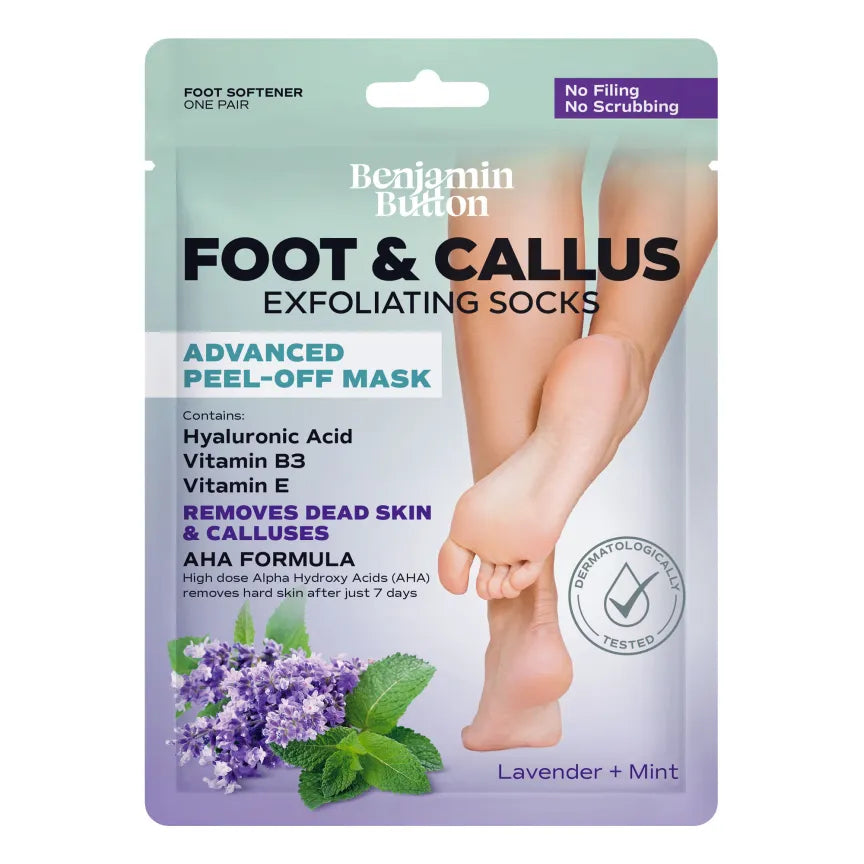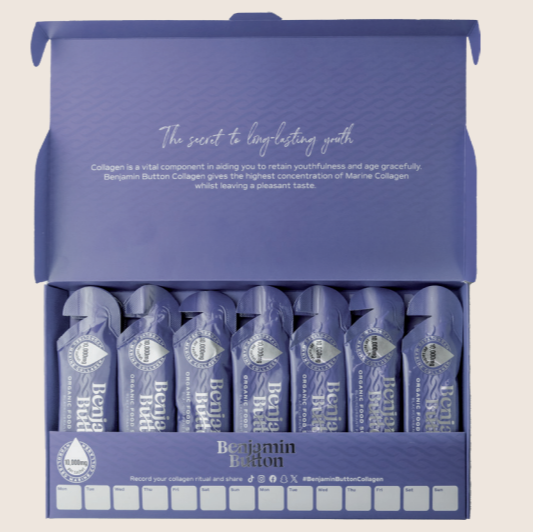Plot Overview
Fennell has taken the core of Brontë's story—a turbulent romance filled with passion, revenge, and the complexity of human emotion—and shaped it into a narrative that resonates with contemporary sensibilities.Key Elements of the Narrative
The plot remains true to the original framework, following the tumultuous relationship between Heathcliff and Catherine Earnshaw. However, Fennell injects fresh energy into the narrative, focusing on themes of mental health, identity, and the consequence of social expectations.- Reimagining Characters: Characters are explored in greater depth, with a spotlight on their inner lives and motivations.
- Cultural Context: The adaptation reflects modern societal challenges, allowing audiences to relate more closely to the characters' struggles.
- Emotional Resonance: The emotional landscape is enriched, adding layers of complexity that transform the viewer's connection to the story.
Cast of Characters
The casting choices for this adaptation of Wuthering Heights have been carefully curated, demonstrating Fennell's intent to present a cast that can authentically portray the intensity of the narrative.Stellar Performances
Each actor has been selected for their ability to convey the complex emotions inherent in their roles.- Heathcliff: A powerful performance by a leading actor known for their intensity and depth, perfectly capturing Heathcliff’s brooding nature and raw passion.
- Catherine Earnshaw: The actress portraying Catherine delivers a dynamic performance, artfully embodying the character's fierce independence, vulnerability, and ultimate tragic downfall.
- Supporting Cast: The ensemble cast brings to life the various foils and supporting roles, contributing to the rich tapestry of relationships that define Wuthering Heights.
Insights into the Adaptation
Emerald Fennell’s creative decisions have sparked vital discussions and insights across the industry.Artistic Vision and Direction
Fennell's direction is both bold and thoughtful, filling the adaptation with a visceral energy that sets it apart from traditional versions.- Visual Aesthetics: The cinematography and production design evoke the atmospheric qualities of the Yorkshire moors, enhancing the storytelling with stunning visuals.
- Thematic Depth: Fennell sensitively explores themes of love, betrayal, and the consequences of our actions, making the narrative not only relatable but deeply reflective.
- Empowering Narratives: More focus is put on the female experience and perspectives, enabling new layers of interpretation for contemporary viewers.
In comparison to adaptations by other directors, like Andrea Arnold or the classic 1939 film, Fennell’s take stands unique, akin to how the character of Benjamin Button presents an innovative examination of life, growth, and regret. While other adaptations may stick closely to the traditional narratives, Fennell’s work encourages reflection on personal growth and the passage of time, channelling what makes Benjamin Button so compelling—its exploration of the human experience through evolving perspectives.
Why Fennell’s Wuthering Heights is Worth Viewing
Fennell's adaptation of Wuthering Heights is more than a visual retelling; it is an exploration of the depths of human emotion underpinned by complex character arcs and modern relevance.Highlighted Advantages
- Layered Storytelling: This version presents a multi-dimensional narrative that invites audiences to engage with the material on a deeper level.
- Modern Relevance: Fennell's focus on contemporary themes resonates with today's viewers, making the story relatable across generations.
- Stunning Visuals: The artistic direction promises a feast for the eyes, immersing viewers in the world of Wuthering Heights.






















